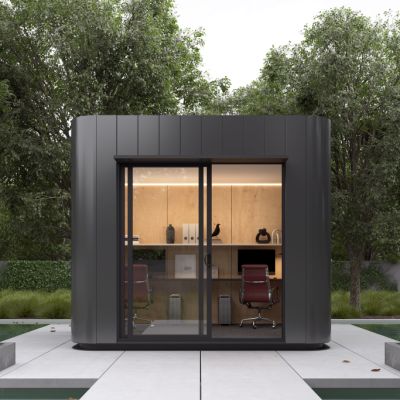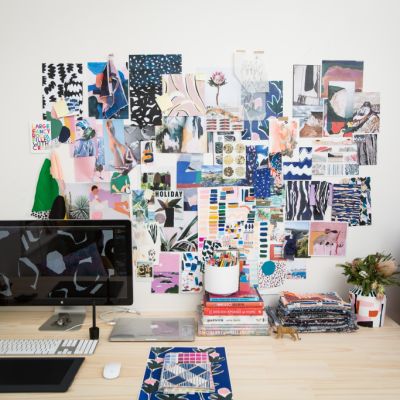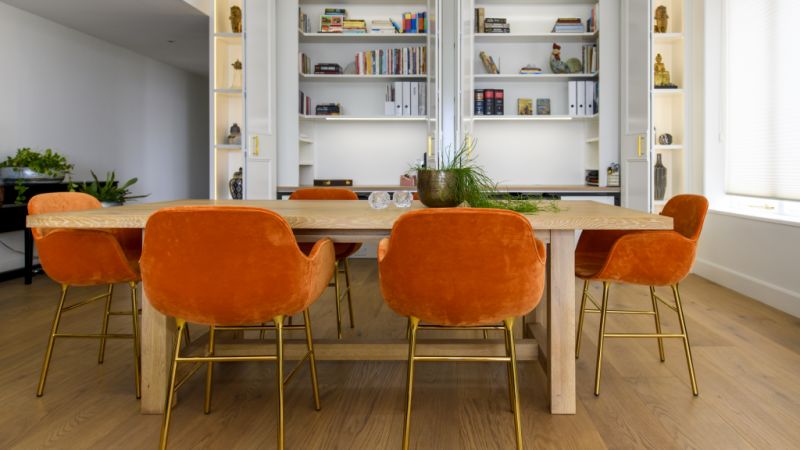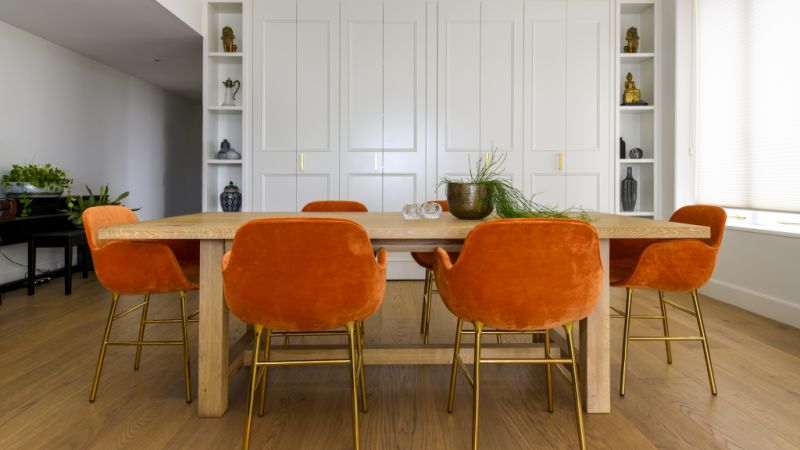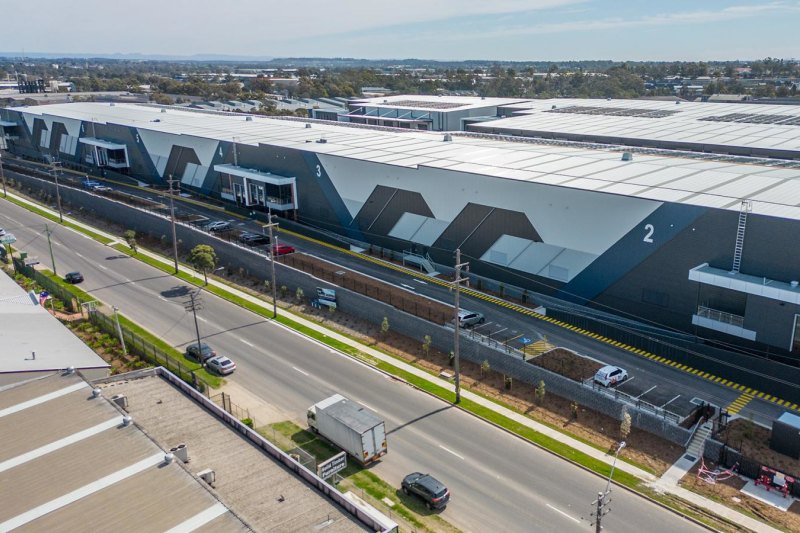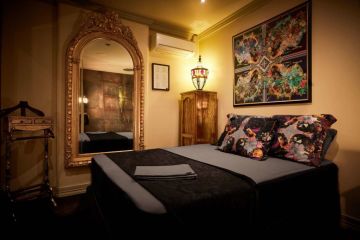'Cloffices' are the new home office: Why closet offices are trending
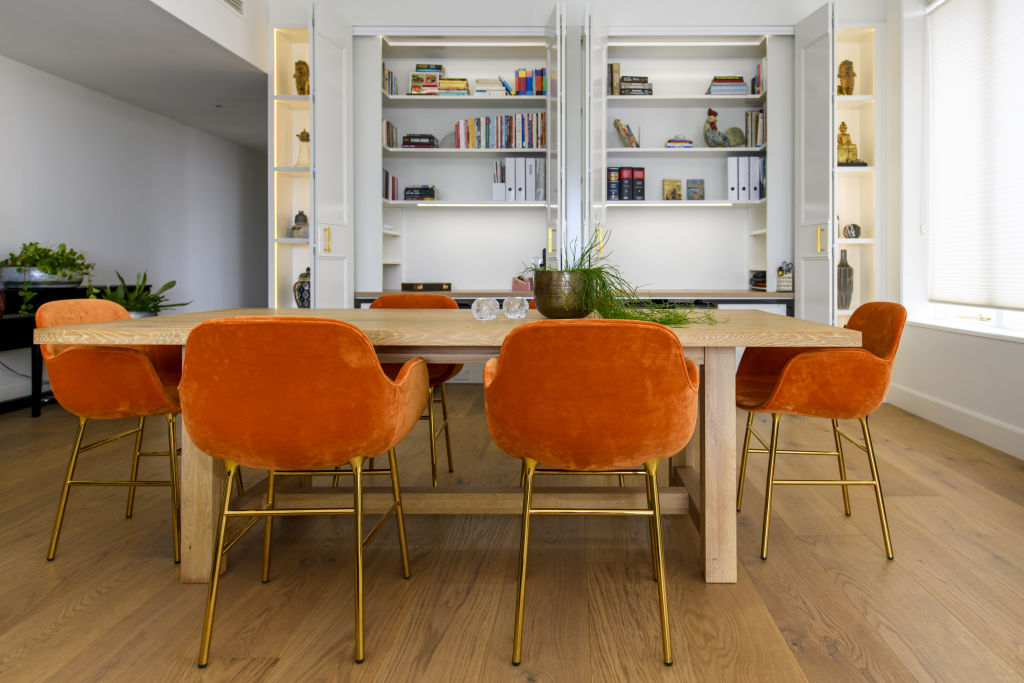
Since the COVID shutdowns began in Australia almost half the working population has spent some time working from home.
The 2020 ABS Household Impacts of COVID-19 Survey asked people what aspects of life during COVID they’d like to continue in the future, and over a third said they wanted to keep working or studying from home at least part of the time.
But having a dedicated home office is not an achievable option for many people, and while some are getting by with makeshift fixes, others are getting creative with tailored solutions.
Enter the “cloffice” which – according to the Pinterest Predicts 2021 report – is a popular new small-space design trend people are looking to for inspiration when planning their work-from-home setup.
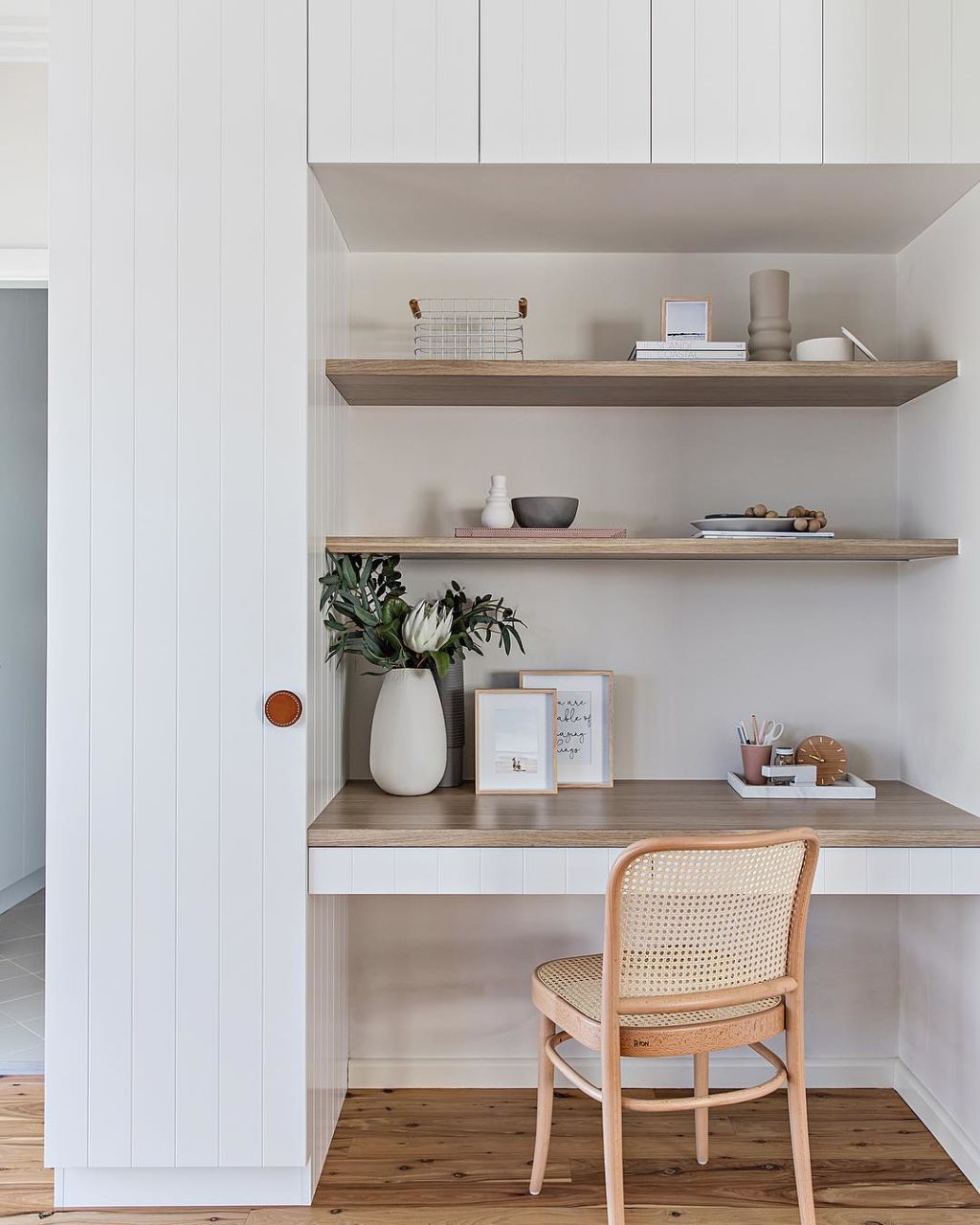
Cloffices are suitable for both the permanent work-from-home brigade and “hybrid” workers who work remotely on a part-time basis.
They’re also enormously useful as study spaces for kids who share bedrooms with siblings or whose bedrooms aren’t big enough to include a workable desk setup.
What exactly is a cloffice?
A cloffice’ refers to an office or workspace housed in a closet or wardrobe (either walk-in or not). The term also describes work and study hubs built or retrofitted in other nooks, crannies or areas of dead space that can be shut off or screened from view.
Melbourne-based building designer Dianne Bayley of Pasco Design has noticed an increase in the number of clients coming to her for ideas on how to adapt these sorts of spaces in their homes for work, study and homeschooling.
“People are working from beds, kitchen benches and any available surface they can find in order to stake out some space – none of which is an ideal, long term solution,” Bayley says.
“We’ve discussed all sorts of options, including dedicated study/workspaces in the kitchen, living and dining areas instead of on the kitchen table. It’s a way of future-proofing their homes.”
A cloffice is one such option that has gained increasing popularity and has garnered an enthusiastic international following on social media, particularly on Instagram, where searches for #cloffice and #clofficespace are on the rise.
Installing a cloffice in a living area
Eastern Sydney resident Tom Knapp and his wife recently worked with designer Sally Hart of Clever Closet Company to create an office space in their home.
“We often both work from home, but we were a room short, so we needed to find a solution where we could have a fully functioning office during work hours that became ‘invisible’ at other times,” Knapp says.
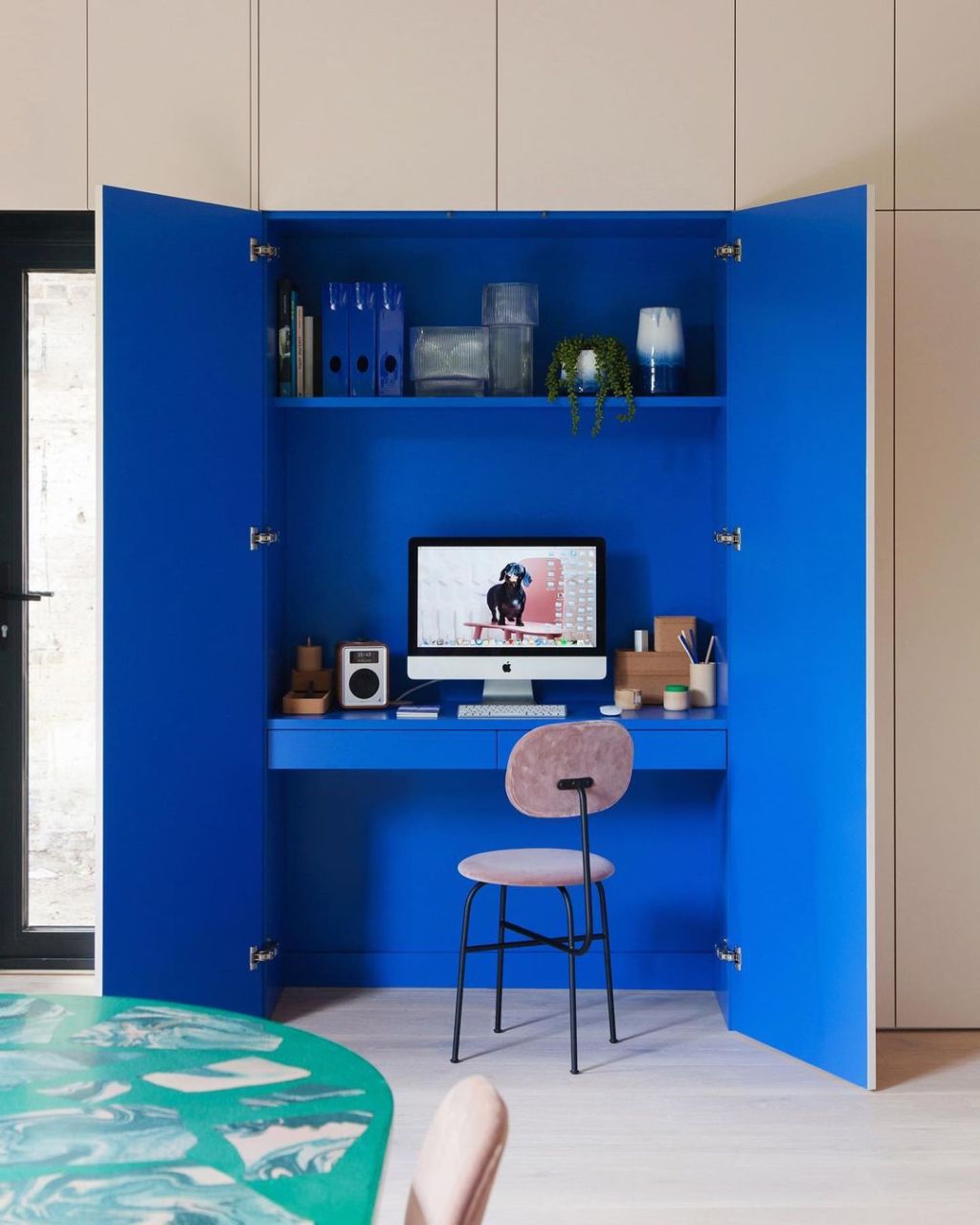
“Our large dining/lounge area with high ceilings led us to the idea of having an ‘office in a cupboard’ which needed to be designed in a way that blended into the dining room.”
The couple’s cloffice fits seamlessly into the space around it and houses two mirror-image workstations with bi-fold doors which work as de-facto “cubicles”, creating a level of privacy and a buffer against noise.
Space was critical in the Knapp’s cloffice, and custom-built retractable keyboard panels were used as a way to add depth to the cabinetry.
“People assume you need a dedicated room for a home office, and what we’ve created shows you don’t,” says Knapp.
How to plan for a cloffice in your home
Like the idea of a cloffice but not sure where to start? Whether you have your sights set on a modest workspace or one with all mod cons, you need to first decide who will use the space and what tasks they’ll perform there.
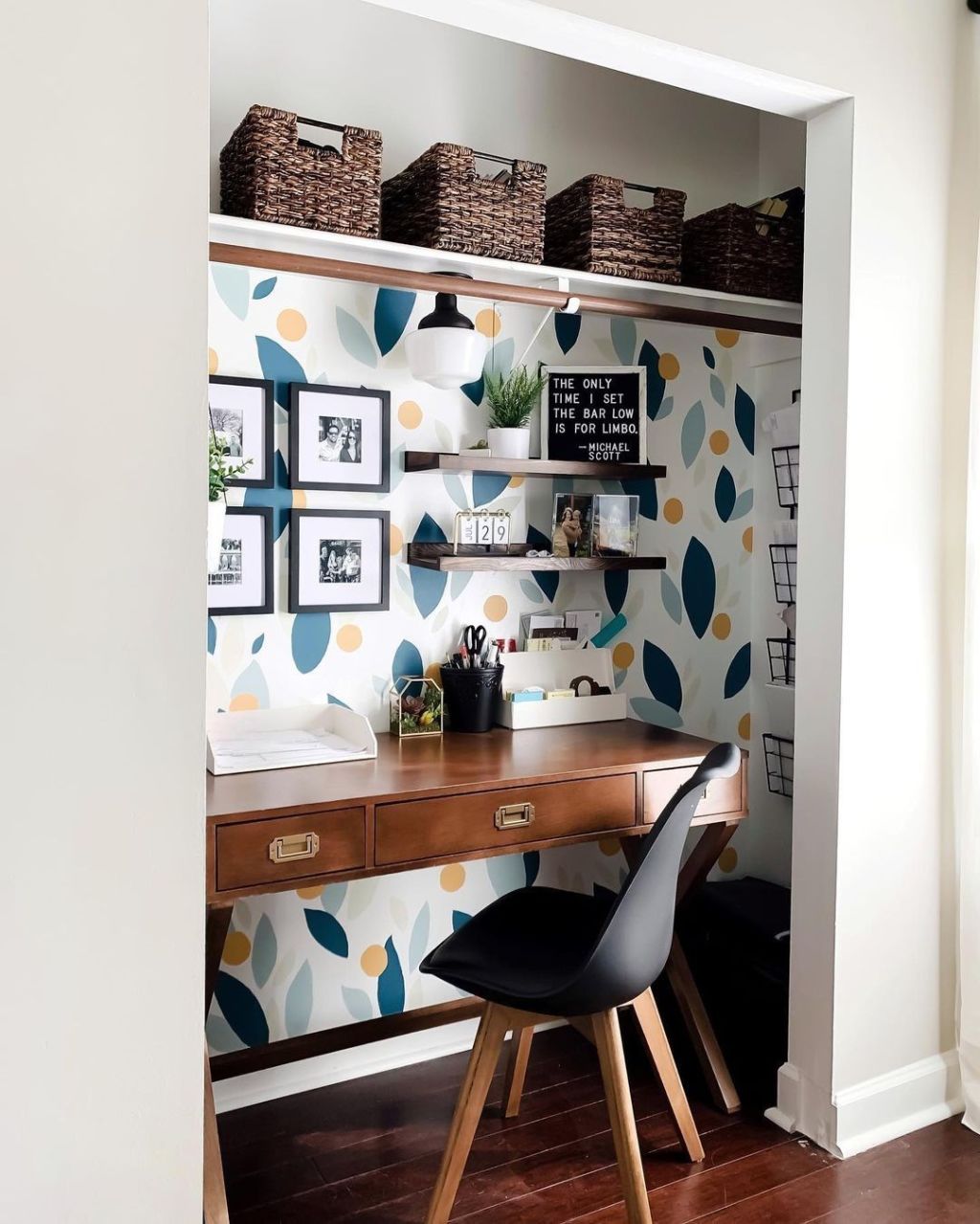
And while creating a cloffice is something a confident and experienced handyperson or DIY-er can attempt on their own, getting professional help can take it to the next level.
Hart says that, when asking yourself whether a space in your house could work as a cloffice, the three key things to plan for are depth, width and vertical space.
Other considerations include lighting (such as LED strips or strategically positioned desk lamps), proximity to power outlets (for devices and connectivity) and clever cable management (under desk systems or desk access ports).
Will cloffices feature in homes of the future?
It seems that we’ll be spending an increasing chunk of time working and studying at home in the foreseeable future. So will cloffices and office nooks be a building design feature we’ll be seeing more of?

Ryan Petrie of LJ Hooker Mona Vale thinks so.
“As an agent who has been selling houses for 18 years, it’s been a recent change on people’s wish lists,” he says. “They are now prioritising home offices. Previously it was all about pools and lifestyle.
“Also, when people are renovating houses to sell they are getting creative in how they appeal to the market – and a simple solution is to take a closet and turn it into a workspace.”
We recommend
We thought you might like
States
Capital Cities
Capital Cities - Rentals
Popular Areas
Allhomes
More

